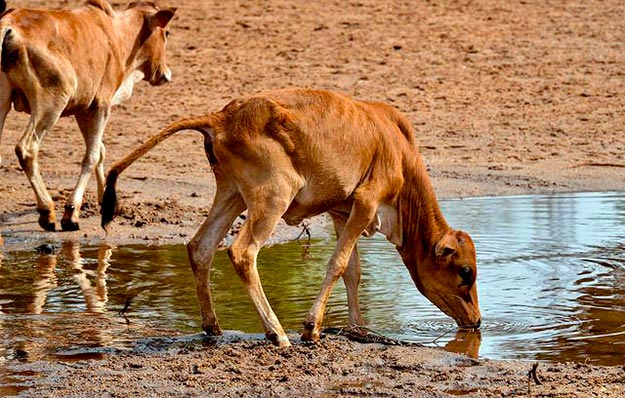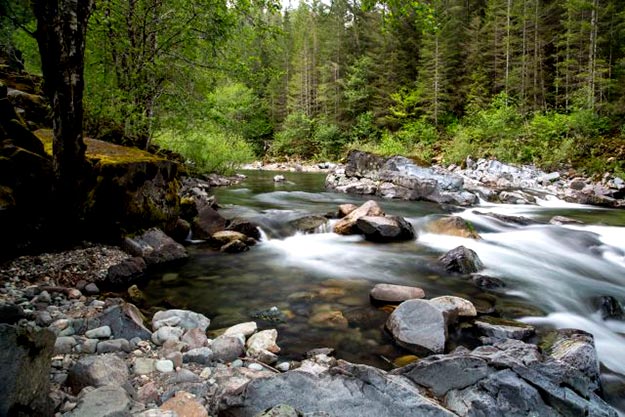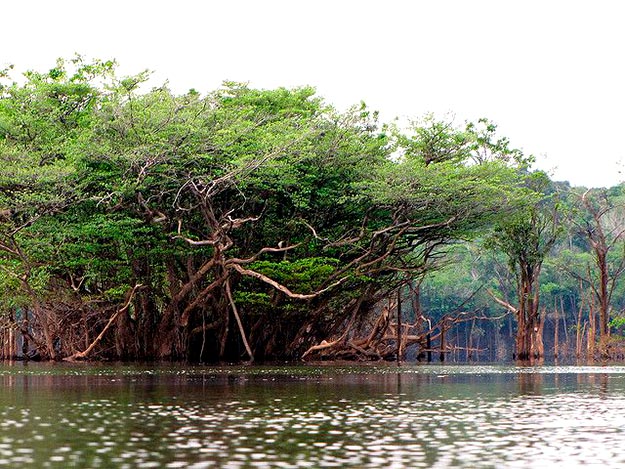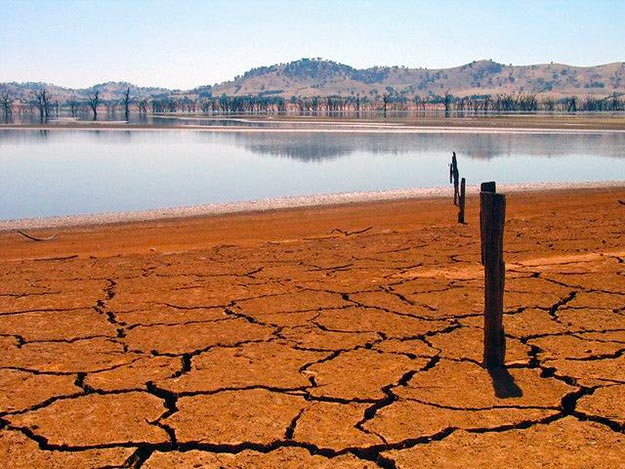This summer, Ethiopia was once again named the fastest growing global economy. Over the past two decades, this country—home to over 100 million people – has experienced rapid and impressive economic growth.
This has driven real change: just 17 years ago, 56 percent of Ethiopians lived on an equivalent of less than $1.25 a day, but by 2011, that figure had dropped to 30 percent. The Ethiopian government hopes to see this progress continue as it aims to become a low-middle income country by 2025. Climate change, conflicting water demands and watershed degradation could stand in the way of this goal, particularly for the country’s poorest. Sustainable water management is essential to maintaining progress toward a prosperous future for all Ethiopians. Read more






